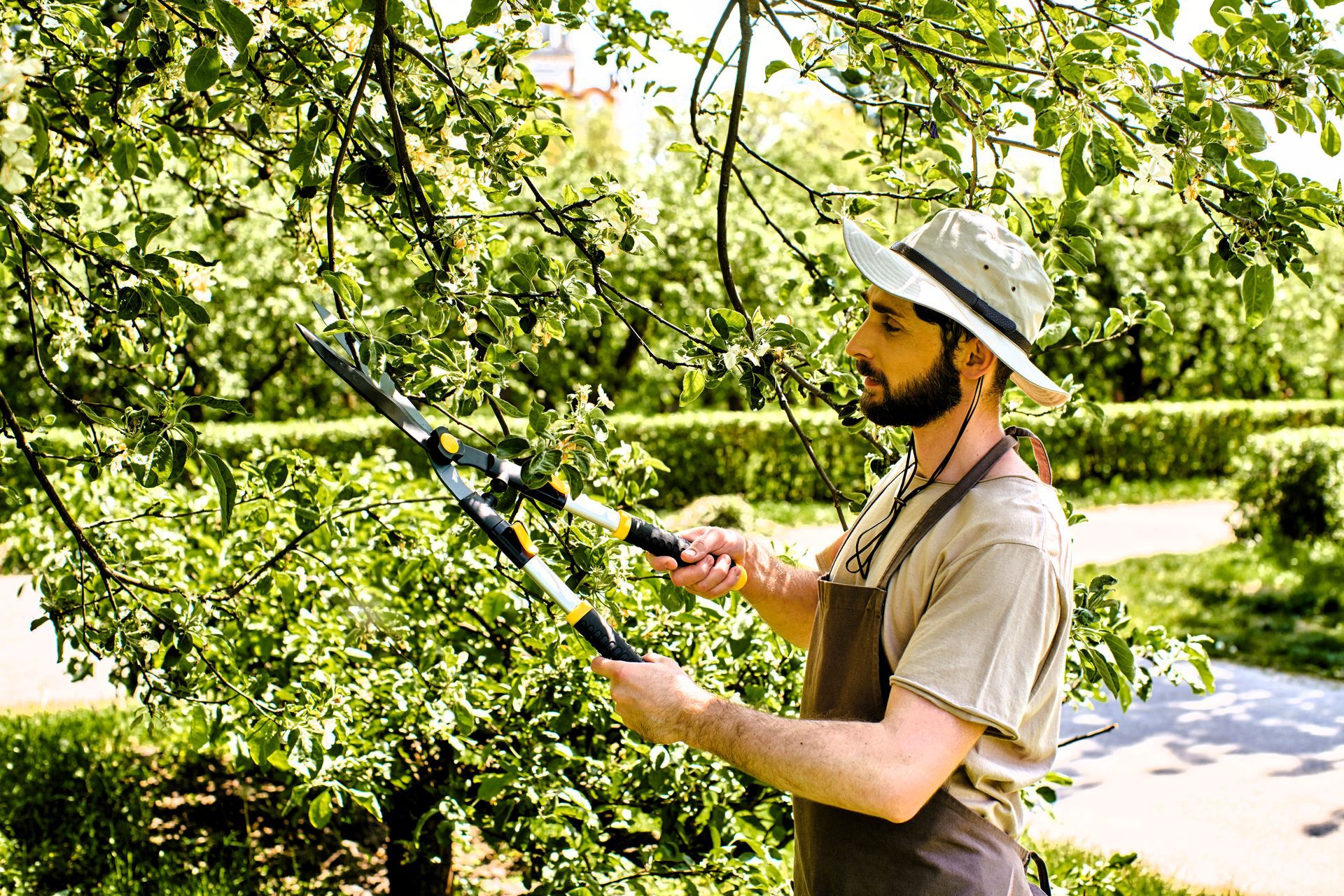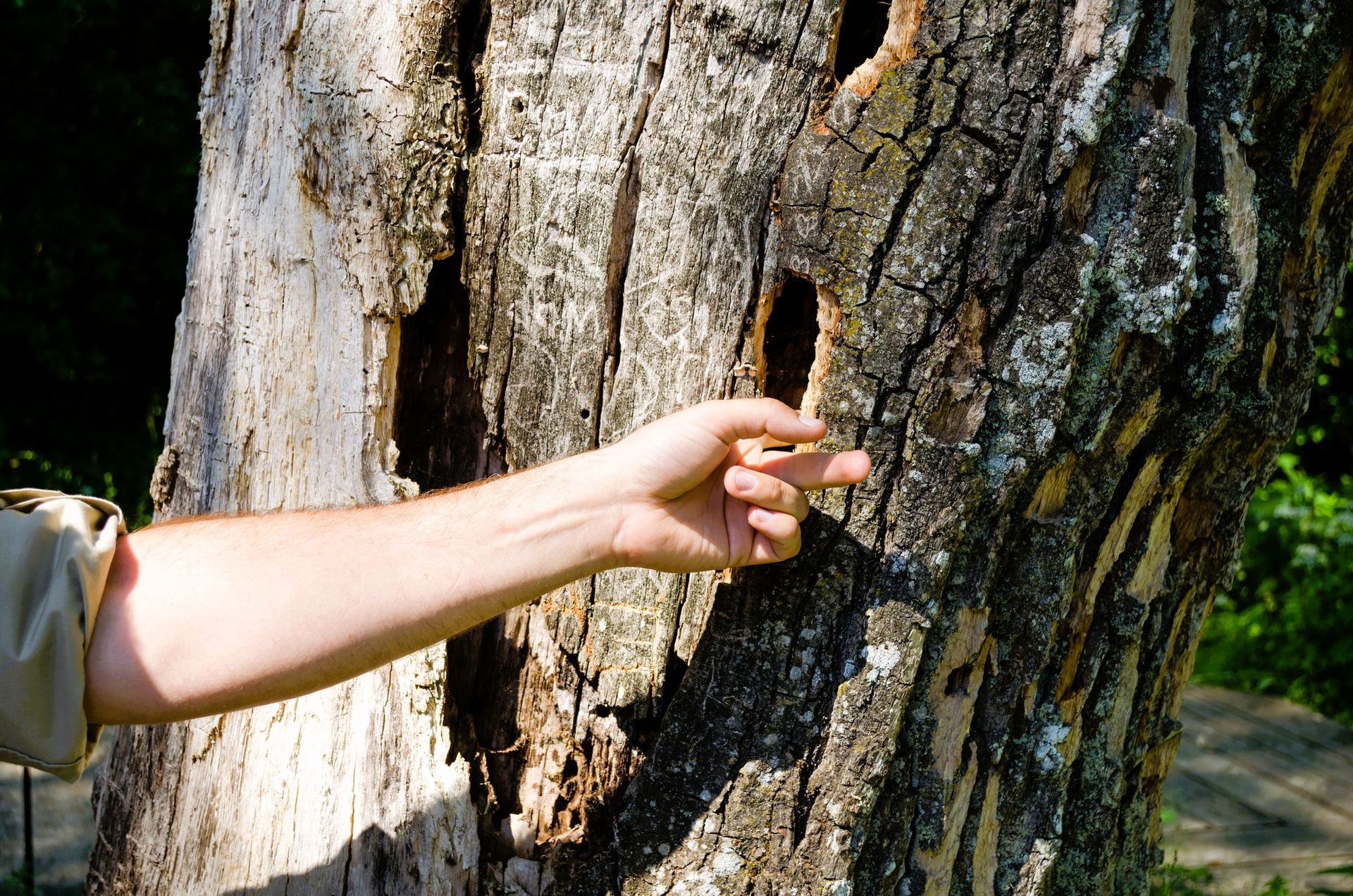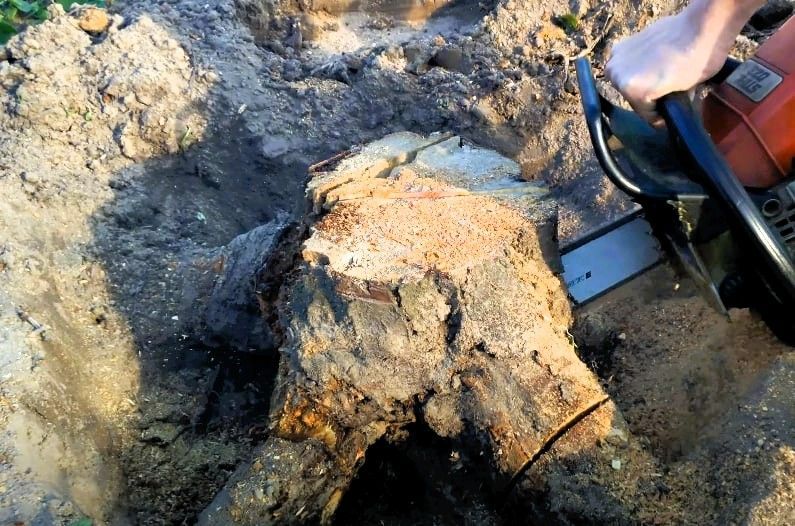Codominant Tree Stems? What You Can and Can't Do About Them
Image source: Jachan DeVol
Codominant tree stems pose a serious risk to the health and stability of trees. Not only do they affect the aesthetics of the tree, but they also make it inherently unstable, putting it at risk of breaking apart. Addressing codominant stems is crucial to ensure the longevity and safety of the tree.
In this article, we will explore the methods that professional arborists use to manage codominant stems based on their size.
Small Codominant Stems
If you catch codominant stems early as they start to form, you have the best chance of an easy fix. By carefully selecting the stem that shows the best positioning and strength to be a leader, you can prune off the other stem. This pruning technique, when done while the stems are still small, minimizes the likelihood of the tree being tilted or too heavy on one side. Subsequently, long-term tree training can be implemented, using supports to help the tree grow in the desired direction, compensating for any initial leaning. Over time, as the tree grows stronger, the supports should become unnecessary.
Midrange Codominant Stems
Once the two stems have developed their own offshoot branches, the options become more limited. Complete removal of one offending stem is no longer feasible due to the tree's current structure. However, a method known as subordination through reduction can be employed.
This involves shortening the competing stem from farther up, slowing its development and buying more time to continue the process. Eventually, the competing stem is reduced to a point where it is no longer viable, allowing the new leader stem to take over in a balanced manner.
During the reduction period, additional support through stakes, slings, and other physical aids may be required. The tree expert might trim branches to lighten the load on both stems.
Large Codominant Stems
Unfortunately, if the risks of codominant stems were not known earlier or if you inherit a mature tree with codominant stems, the options are limited. Removing one of two mature codominant stems is no longer possible as it may cause an imbalance and lead to the other side breaking and falling. In such cases, the best course of action is often to build a support structure for the tree.
Cabling is the most common method used to support weak joints. The specific technique employed depends on the tree's structure and support requirements. Typically, it involves drilling holes in the limbs and stringing a strong cable between them, while stays on both ends keep them in place. A winch is used to pull the limbs into position.
It is important to note that cabling is not a fix for the root cause of tree instability but rather a way to manage it safely. However, even with a support system in place, there may still be a risk of falling on buildings or people.
Where to Begin
Codominant tree stems are a significant risk to tree health and stability. Act promptly to address these issues. Depending on the size of the codominant stems, various management methods can be employed, ranging from pruning and tree training for small stems to reduction techniques for midrange stems. However, for large codominant stems, complete removal is often not feasible, and support structures such as cabling become necessary. Although support systems can help manage the instability, there may still be a risk of falling.
Therefore, each property owner must weigh the pros and cons, considering both the tree's value and safety. To effectively deal with codominant stem issues, it is advisable to consult with professionals who can provide expert guidance and assistance tailored to your specific situation.
If you discover that your tree has codominant stems, it is crucial to address this danger promptly. The natural fragility of codominant stems puts the tree and everything around it at risk the longer it goes unaddressed. To effectively manage this issue, it is recommended to seek the assistance of tree care professionals.
At Kanata Tree Service Masters, our team of experts can assess the situation and guide you through the available options that align with your budget, goals, and needs.
Contact us today to schedule an appointment.
You might also like
Kanata Tree Blog
Book a Service Today
We will get back to you as soon as possible
Please try again later
Kanata Tree Service Masters
Ottawa, Ontario Canada
We are your trusted partner for every kind of tree-related issue you can imagine
© 2023 All Rights Reserved Kanata Tree Service Masters Disclaimer: This site is a free service to assist homeowners in connecting with local service contractors. All contractors are independent and this site does not warrant or guarantee any work performed. It is the responsibility of the homeowner to verify that the hired contractor furnishes the necessary license and insurance required for the work being performed. All persons depicted in a photo or video are actors or models and not contractors listed on this site.



